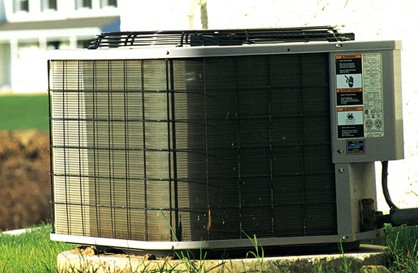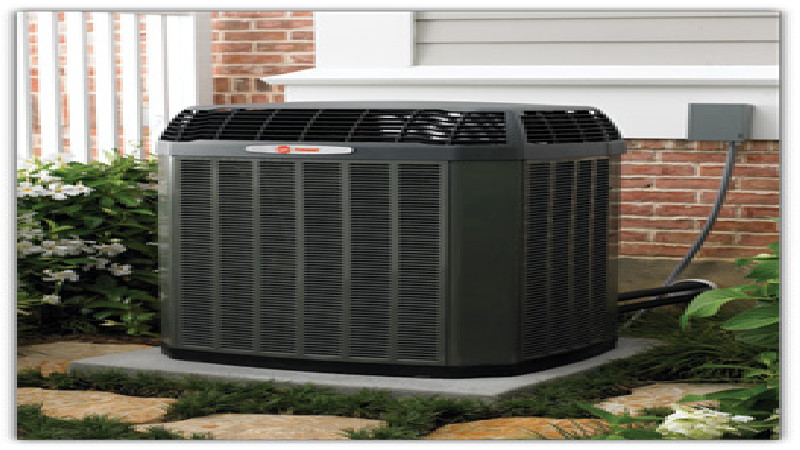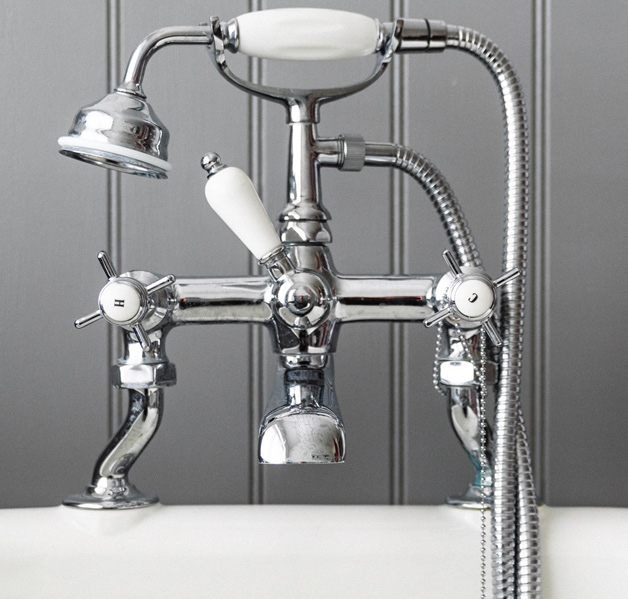If you have been thinking about making an energy-efficient heating upgrade, a geothermal heat pump is something that you may want to consider. In order to understand how the system works, you have to liken the operation to that of your refrigerator.
How a Geothermal Heat Pump Works
A heating contractor in Waldorf, MD can give you further details about this type of system. A refrigerator gets rid of the heat from inside it and transfers the heat to the kitchen. This same principle is employed by a geothermal heat pump. However, the heat pump transfers ground heat to the home. This is done by linking the system with underground pipes that are filled with antifreeze or water. The piping is attached to the heat pump inside the home. In turn, the system is used for both heating and cooling purposes.
Companies such as Olympic Aire Services, Inc. regularly install geothermal heat pumps for their customers as the system is more efficient than traditional heating. Because the system does not burn fuel, it is also more environmentally friendly. Rather than burning heat to keep a home warm, a heat pump merely transfers the current heat from one site to the next. Underground temperatures remain around 50 degrees Fahrenheit all year long. Therefore, a lot less energy is used to heat or cool a dwelling.
Reviewing the System in More Detail
A heating contractor can explain specifically how the pump operates during the heating season. During the winter months, the liquid in the pump captures ground heat and transports it to the unit and refrigerant coils. Here, the heat is moved through a hydronic system known as a forced-air system.
During the summer, the process is reversed. At this time, the pump transports heat from the home and directs it to the ground. You can also use this type of system for heating water in the home. While a heating contractor will tell you that the upfront cost of the pump is higher than a traditional HVAC unit, you will recoup the cost through energy savings. Seeing a return can take from five to 15 years, depending on the cost of installation and the utility rates in your area.


